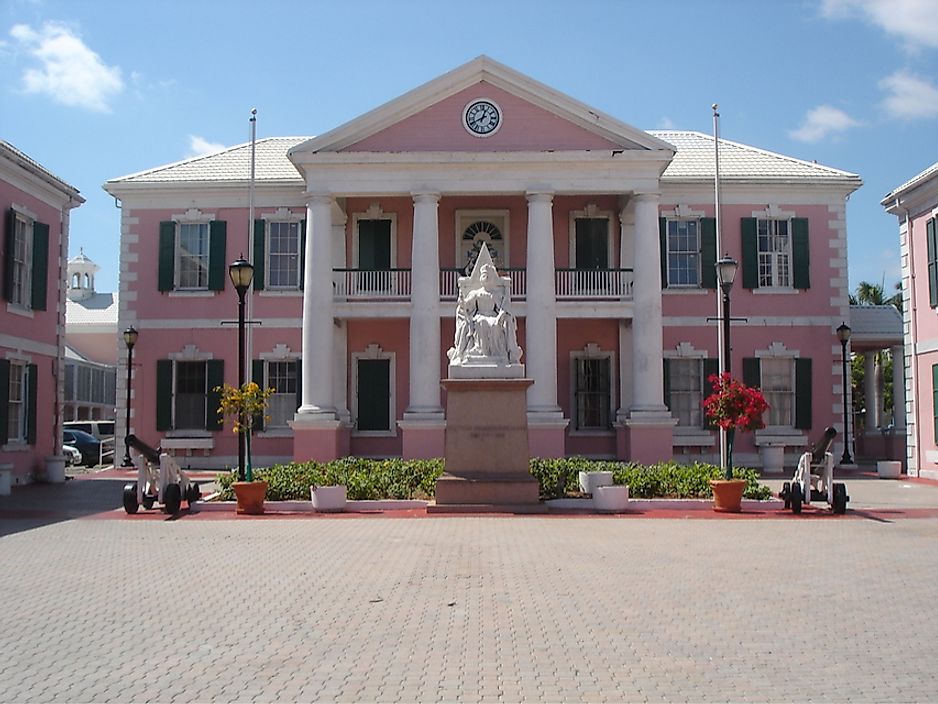When Did The Bahamas Gain Independence From The United Kingdom?

The Commonwealth of the Bahamas is located within the Lucayan Archipelago in the Atlantic Ocean. The Bahamas consists of about 700 islands, islets, and cays, which cover a total area of 180,000 square miles. The state’s capital is Nassau, and is located on New Providence Island. Columbus first landed on the island in 1492, which was inhabited by the Lucayan people. The Spanish did not colonize or lay claim to the Bahamas, but shipped thousands of slaves from the Bahamas to Spanish colonies. In 1513, the islands of the Bahamas were deserted until the English colonists migrated from Bermuda to the Bahamas in 1648. In 1718, the British banned piracy along the coast of the Bahamas and declared it a British crown colony. The crown settled American loyalists on the island after the American War of Independence, and the settlers established large plantations and shipped African slaves to work on farms. The British abolished the slave trade in 1807, and by 1834 the island was free of slavery, and later thousands of former slaves from the United States and other islands migrated to the Bahamas. Today, about 90% of the population is of African descent. On July 10, 1973, the Bahamas declared independence, but remained part of the Commonwealth of Nations, and retained the British monarch as the head of state.
The Road to Independence
The road to independence in the Bahamas began after World War II. In the 1950s, political parties were formed, and in 1964 the British parliament declared the islands as self-governing. As a result, Sir Roland Symonette became the first premier. On 7 January 1964, a new constitution that granted the island autonomy was adopted. Lynden Pindling became the first native premier of Bahamas in 1967. In 1968, the position of prime minister replaced the premier, and a year later Pindling proclaimed that the country would seek independence from Britain. In the same year, the country adopted a new constitution for the second time. The British House of Lords voted to grant Bahamas independence, and on July 10, 1973, the Bahamas became fully independent and immediately joined the Commonwealth of Nations. A month later it joined the International Monetary Fund (IMF) and the World Bank, and became a member of the United Nations in September 1973.
Post-Independence
As an independent state, Britain no longer has an active role in governing the country. The state established a national flag, national anthem, and other state symbols. On the 10th of July, the country celebrates its independence day. Today, the Bahamas, just like other Caribbean states, attract thousands of tourists, the majority of whom are British, American and Canadian.











